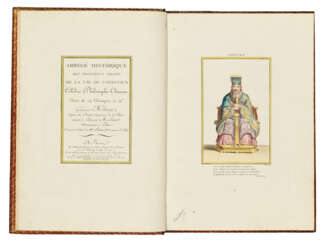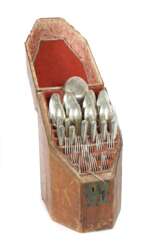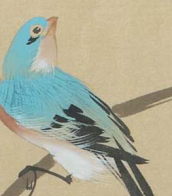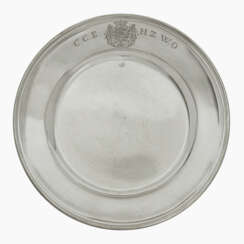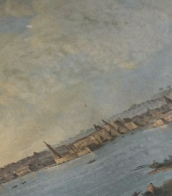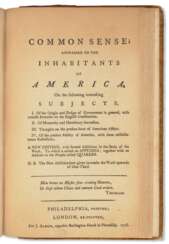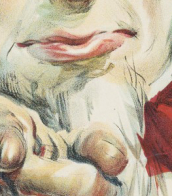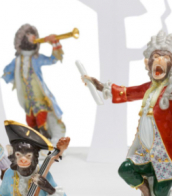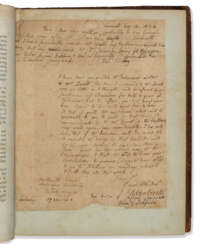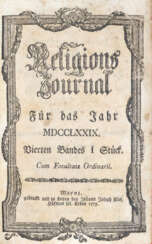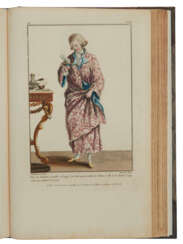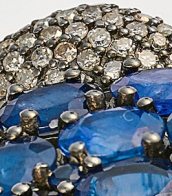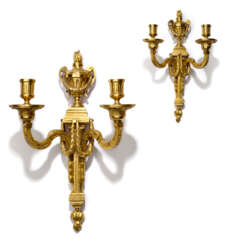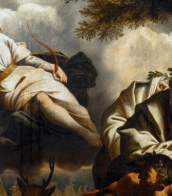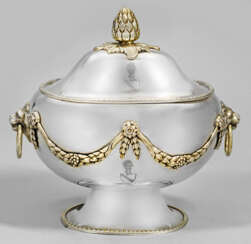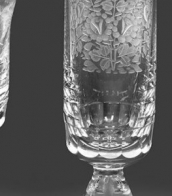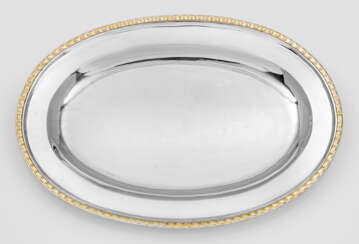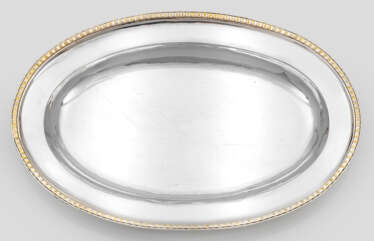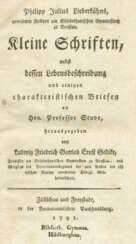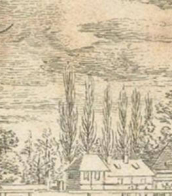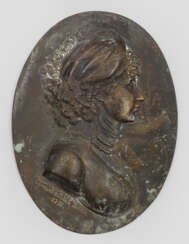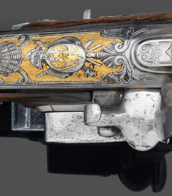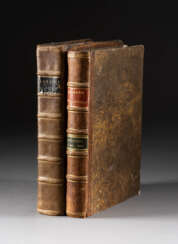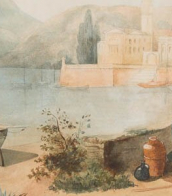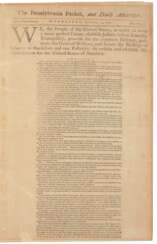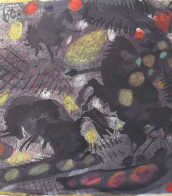1776 - 1791
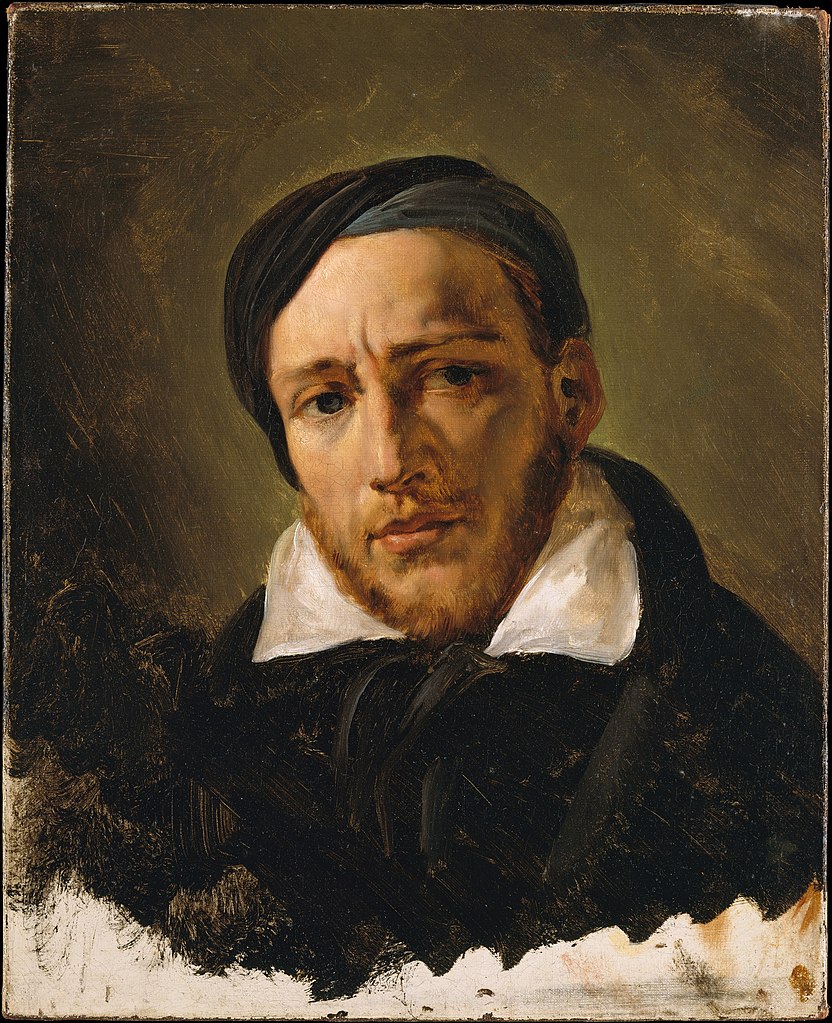
Jean-Louis André Théodore Géricault was a French painter and lithographer, celebrated for his pivotal role in the Romantic movement. Born in Rouen, France, in 1791, and educated among the elite in Paris, Géricault developed a profound connection with art from a young age, influenced by his training under notable figures like Carle Vernet and Pierre-Narcisse Guérin. This foundation set him on a path that diverged significantly from the classical traditions of his time.
Géricault's artistry is best known for its vibrant energy and emotional intensity, characteristics that marked a departure from the Neoclassical style predominant in the early 19th century. His most famous work, "The Raft of the Medusa" (1818–19), is a monumental canvas that dramatizes the tragic aftermath of the French shipwreck, Méduse, capturing the public and critical imagination for its raw portrayal of human despair and resilience. This painting not only criticized the French government but also showcased Géricault's masterful handling of drama, becoming an iconic symbol of Romanticism.
Throughout his career, Géricault remained deeply engaged with contemporary issues and the human condition, exploring themes of mental illness, social injustice, and the raw power of nature versus human vulnerability. His series of portraits depicting patients with mental illnesses, created towards the end of his life, highlighted his empathy and innovative approach to capturing human emotion and psychological depth.
Géricault's fascination with the dynamic forms and emotional potential of horses also led to some of the most stirring equestrian art of his time, reflecting his personal passion for horseback riding and his exceptional understanding of equine anatomy. This interest is evident in works like "A Horse Frightened by Lightning", showcasing his ability to capture motion and emotion in both human and animal forms.
Despite his premature death at the age of 32, Géricault's legacy endures, with his works residing in prestigious institutions like the Louvre in Paris. His artistic vision and dedication to portraying the realities and turbulences of his era have cemented his status as a pioneer of Romanticism, influencing subsequent generations of artists, including his contemporary and friend, Eugène Delacroix.
For collectors and experts in art and antiques, Géricault's oeuvre offers a profound insight into the Romantic spirit, embodying the tumult, passion, and innovation of an era on the cusp of modernity. His works continue to inspire and captivate audiences, reminding us of the power of art to provoke thought and evoke deep emotional responses.
To stay updated on exhibitions and auction events featuring Géricault's works, sign up for updates. This subscription will keep you informed on new discoveries and sales related to this influential artist, ensuring you never miss an opportunity to engage with the legacy of Jean-Louis André Théodore Géricault.


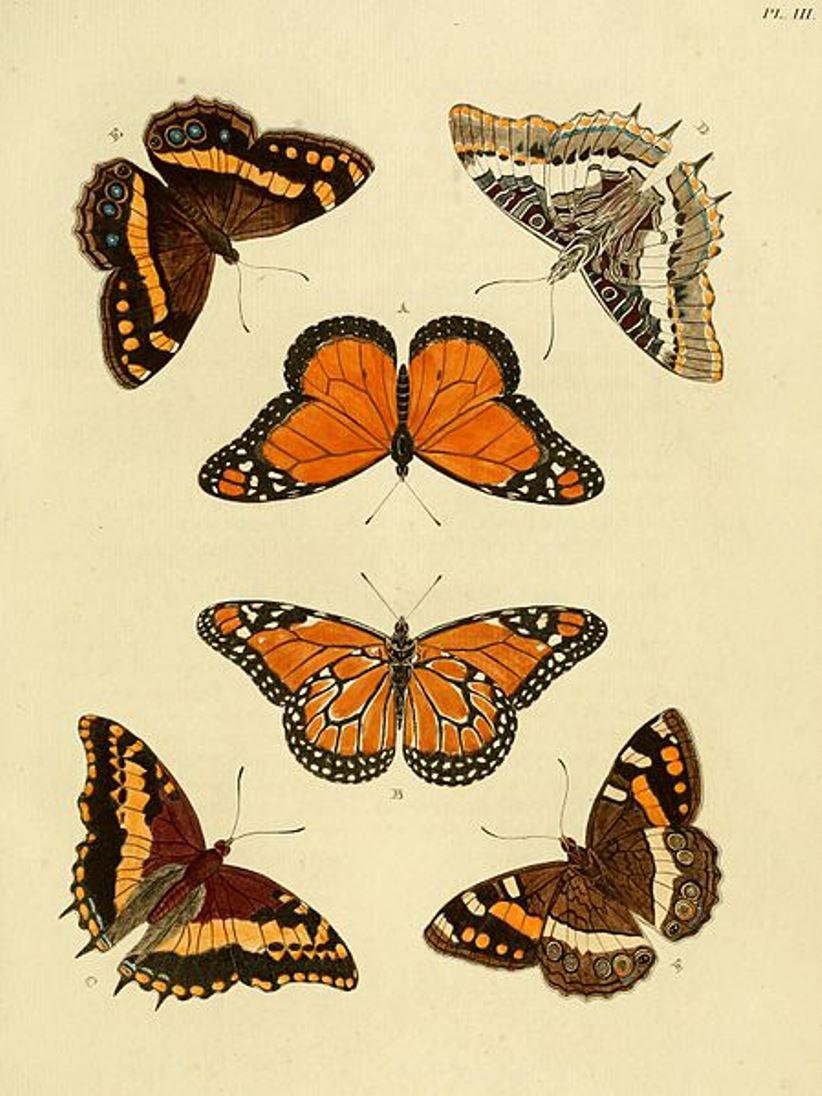
Pieter Cramer was a Dutch merchant and traveler and entomologist.
A cloth and wool merchant, Cramer traveled the world and amassed an extensive collection of sea shells, fossils, and various insects. Many colorful butterflies and moths were collected in Surinam, Ceylon, Sierra Leone, and the Dutch East Indies - countries with which Holland had colonial or trade ties. Kramer hired the artist Gerrit Wartenaar Lambertz to sketch butterfly specimens collected not only by him but also by other Dutch collectors. The illustrations were very numerous, and Kramer, together with the naturalist and entomologist Caspar Stoll, decided to publish them.
The resulting encyclopedia, De Uitlandsche Kapellen, is one of the key works in the history of entomology. The scales from Asia, Africa and the Americas are depicted in life-size and hand-colored engravings. It was the first book on exotic butterflies to use the new system of animal classification developed by Carl Linnaeus (1707-1778). Over 1,658 species of butterflies were described and illustrated on 400 plates. Many species were depicted and named for the first time.
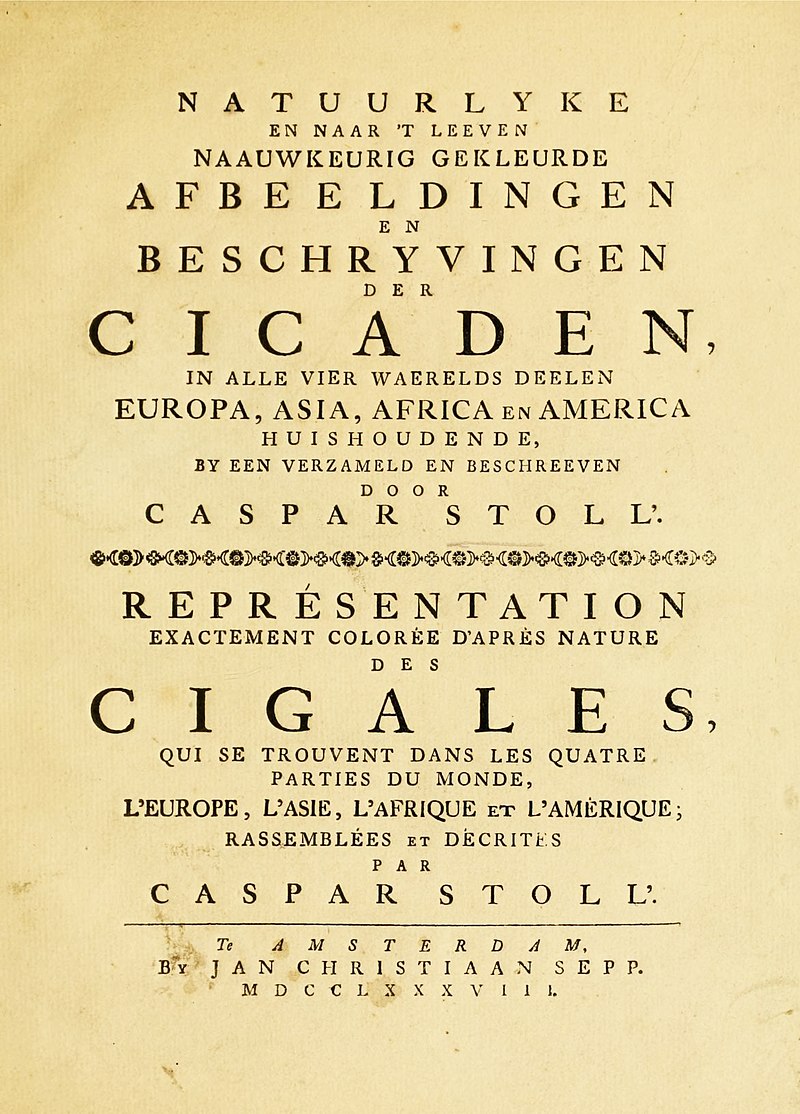
Caspar Stoll was a Dutch naturalist and entomologist of German descent.
Caspar Stoll became known for his work on the historical illustrated encyclopedia De Uitlandsche Kapellen, a butterfly encyclopedia started by merchant and entomologist Peter Cramer. Butterflies and moths were collected by him on his travels in Surinam, Ceylon, Sierra Leone, and the Dutch East Indies, countries with which Holland had colonial or trade ties. Stoll continued and completed the publication of volumes of this work after Kramer's death. He also published several of his own works on other groups of insects.


Pieter Cramer was a Dutch merchant and traveler and entomologist.
A cloth and wool merchant, Cramer traveled the world and amassed an extensive collection of sea shells, fossils, and various insects. Many colorful butterflies and moths were collected in Surinam, Ceylon, Sierra Leone, and the Dutch East Indies - countries with which Holland had colonial or trade ties. Kramer hired the artist Gerrit Wartenaar Lambertz to sketch butterfly specimens collected not only by him but also by other Dutch collectors. The illustrations were very numerous, and Kramer, together with the naturalist and entomologist Caspar Stoll, decided to publish them.
The resulting encyclopedia, De Uitlandsche Kapellen, is one of the key works in the history of entomology. The scales from Asia, Africa and the Americas are depicted in life-size and hand-colored engravings. It was the first book on exotic butterflies to use the new system of animal classification developed by Carl Linnaeus (1707-1778). Over 1,658 species of butterflies were described and illustrated on 400 plates. Many species were depicted and named for the first time.

Caspar Stoll was a Dutch naturalist and entomologist of German descent.
Caspar Stoll became known for his work on the historical illustrated encyclopedia De Uitlandsche Kapellen, a butterfly encyclopedia started by merchant and entomologist Peter Cramer. Butterflies and moths were collected by him on his travels in Surinam, Ceylon, Sierra Leone, and the Dutch East Indies, countries with which Holland had colonial or trade ties. Stoll continued and completed the publication of volumes of this work after Kramer's death. He also published several of his own works on other groups of insects.

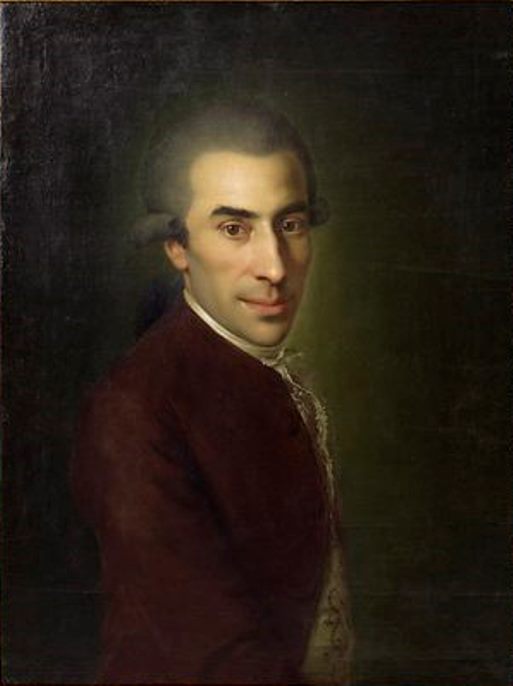
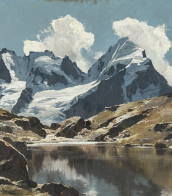


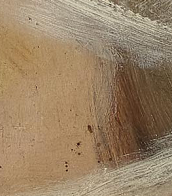
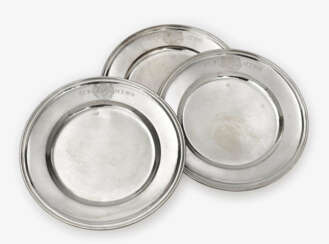

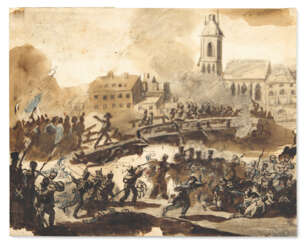

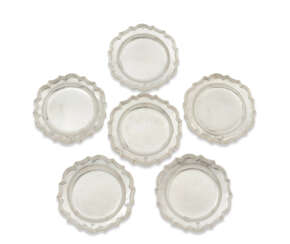


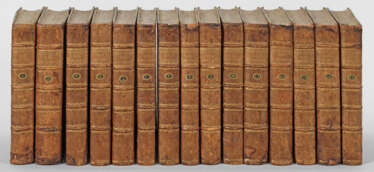

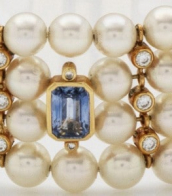
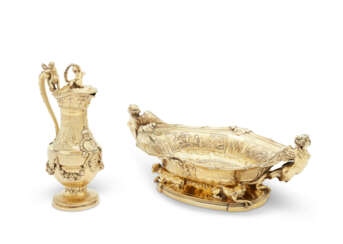

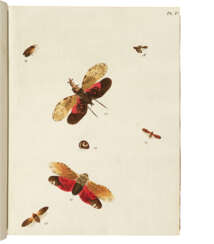

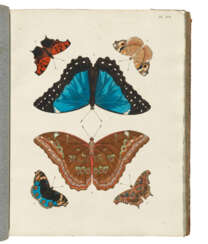

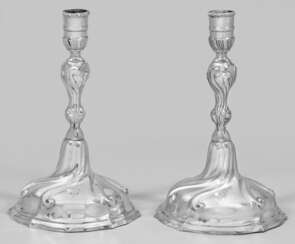

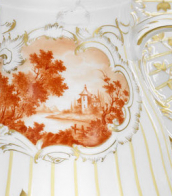
![Ignaz von Born - Testacea Musei Caesarei vindobonensis, quae jussu Mariae Theresiae Augustae [...]](/assets/image/picture_2923239/2ff97/b7qsjfwwi8hiv2-sj4tli7up03ajpifqpktsxr8ugudfvobocbercywicigh-syx1686780702jpg__fix_374_244.jpeg)
![Ignaz von Born - Testacea Musei Caesarei vindobonensis, quae jussu Mariae Theresiae Augustae [...]](https://veryimportantlot.com/assets/image/picture_2923239/2ff97/b7qsjfwwi8hiv2-sj4tli7up03ajpifqpktsxr8ugudfvobocbercywicigh-syx1686780702jpg__fix_374_244.jpeg)
